Photos: Strange & Spectacular Karsts of China

Karsts

Karsts are a distinctive landscape form on the surface of our planet. They are generally created when water dissolves carbonate bedrock such as limestone, marble or dolomite. The geological process to create a landscape of karsts occurs over thousands of years.
Karsts are formed during a process known as "carbon dioxide cascade." As rain falls, the rain droplets dissolve carbon dioxide. Once the carbon dioxide-laden drops hit the ground, they percolate their way through the soil and become a weak form of carbonic acid. Over long periods of time, the carbonate bedrock begins to dissolve, creating the unique mountain peaks, towering spires, vertical shafts, sinkholes, disappearing streams and subsurface caves seen in a karst environment.
Guizhou Province

The Guizhou Province of southern China is believed to be home to the largest single karsts area in the world. Here more than 600,000 square kilometers (about 230,000 square miles) of land are covered with peaks and valleys of carbonated stone that can easily conjure up mental images of a magical land where wizards and dragons are at play.
Limestone karsts
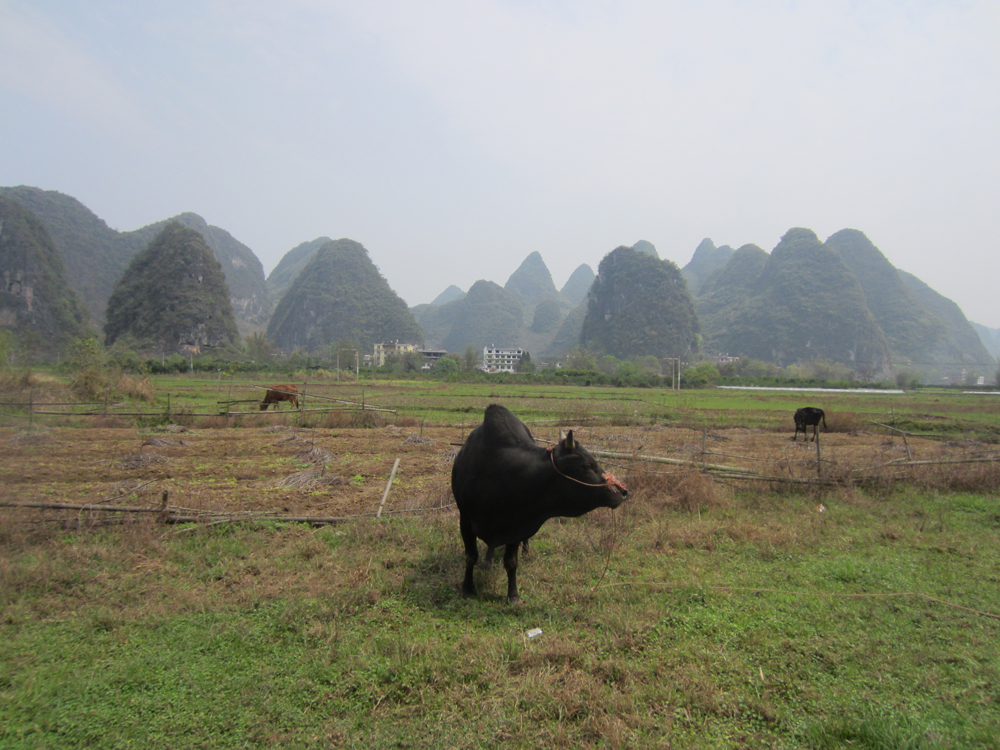
The limestone karsts of southern China rise up from the agrarian land like giant teeth. Two types of karsts are found here. The first is fenglin, or peak forest, which is characterized by isolated towers. The second type is known as fengcong, which features peak clusters of linked-based towers. Geologists do not know if the two types developed at the same time or if they are the result of peak clusters eroding into peak towers. What is known is that this area of China has some of the world's most spectacular topography.
Special conditions
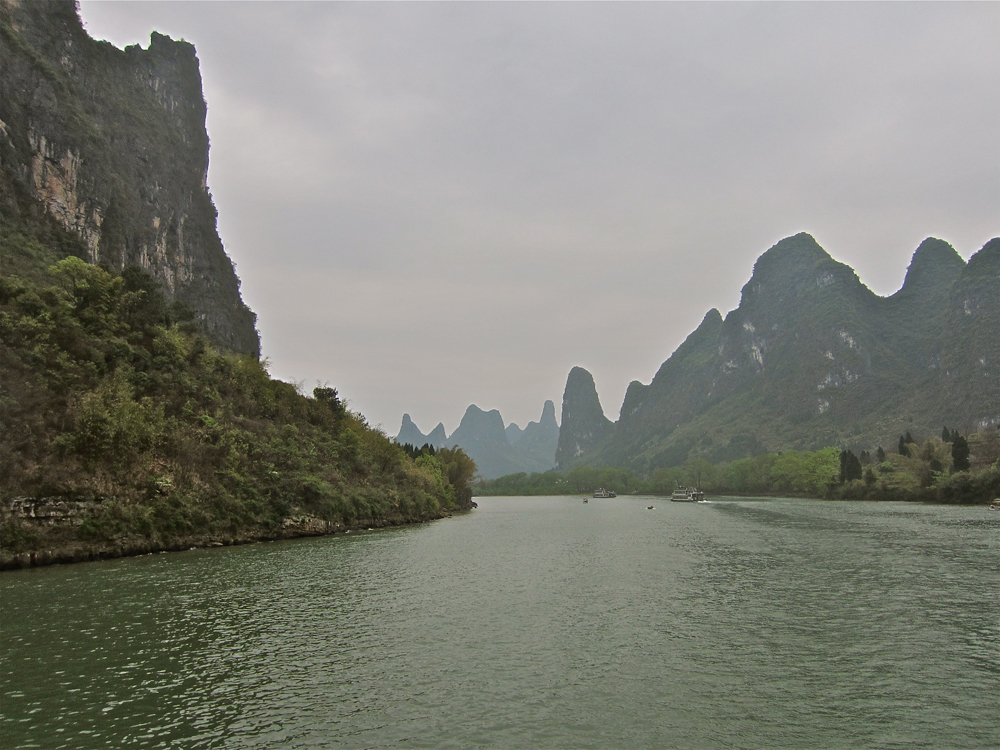
Four special conditions are found in this area of China that allow for this spectacular karsts formation. Such conditions are also necessary for karsts to be formed anywhere in the world. First, there must be a wet season during the warmest time of the year. Here in this region of China the monsoon climate provides the much-needed moisture, flowing into such avenues of water as the Li River, shown here.
Devonian limestone
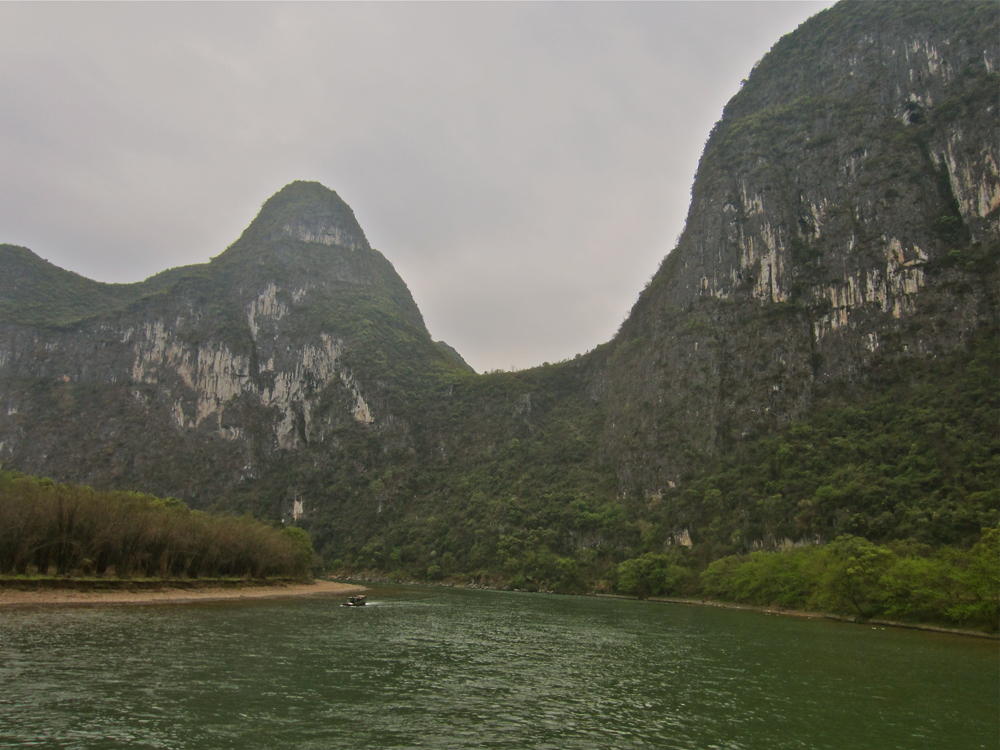
In addition to abundant moisture, the area must be composed of hard, compact carbonate rock. Here, that carbonate rock is Devonian limestone. The third requirement is a strong uplifting of the land, provided here by the collision of the Asia and India tectonic plates. Finally, the area must never have been scoured and covered by glaciers.
Beautiful karsts

The beautiful karsts area of southern China has attracted man for thousands of years. The local city of Guilin is home to a multitude of archeological sites dating back at least 30,000 years. Discoveries of human teeth and stone tools show that this beautiful area has long been a rich and fertile homeland for humans.
Guilin
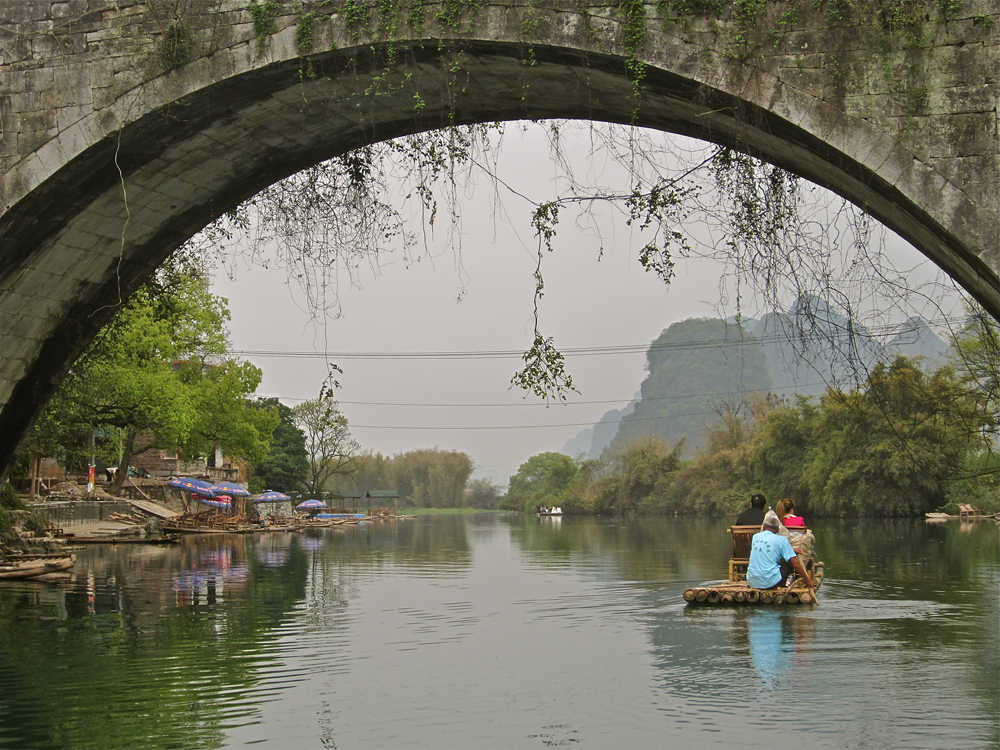
Guilin has also become a beacon for tourists from around the world. Guilin was established more than 2,000 years ago by Emperor Qin Shi Huang, who is better known as the creator of the army of over 8,000 terra-cotta warriors uncovered near the town of Xian. Guilin locals boast that over 20,000 karsts peaks are found along the Li River. Both locals and tourists float down the Li and enjoy the wonders of this most beautiful of lands. Local festivals from lantern festivals to dragon boat races all add to the charm and beauty of the region.
Get the world’s most fascinating discoveries delivered straight to your inbox.
Li River
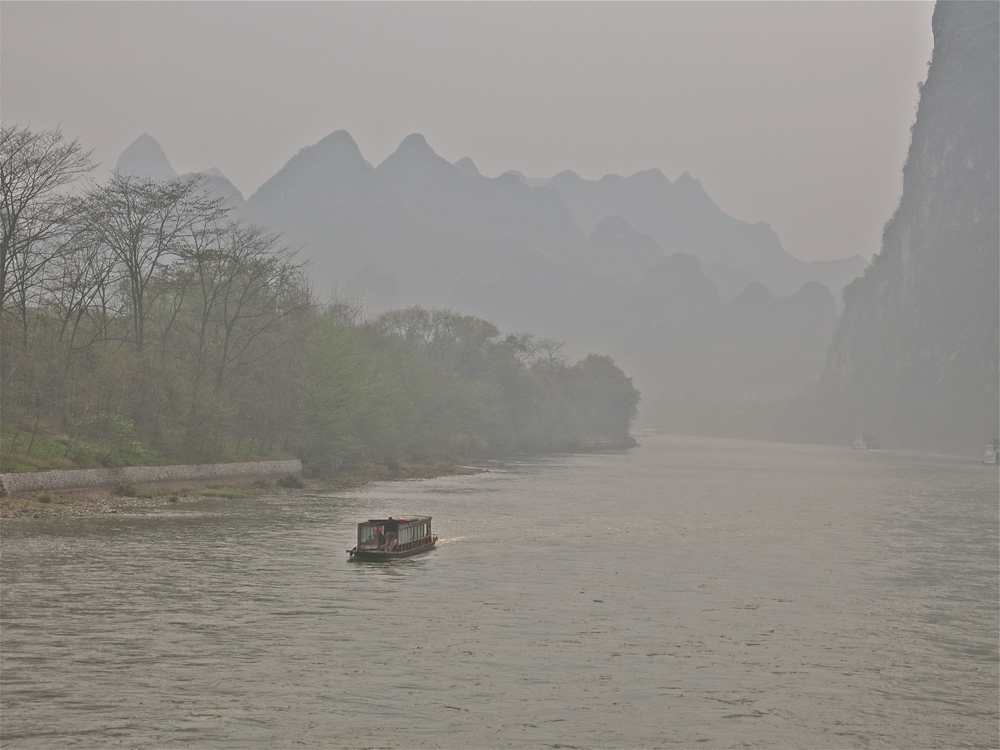
Tang Dynasty (AD 618-907) poet Han Yu wrote of drifting down the Li River and through the karsts peaks, "the river forms a green gauze belt, the mountains are like jade hairpins." Even today small villages dot the riverbank as farmers work their water buffalo in the many rice paddies found here.
Wonderland
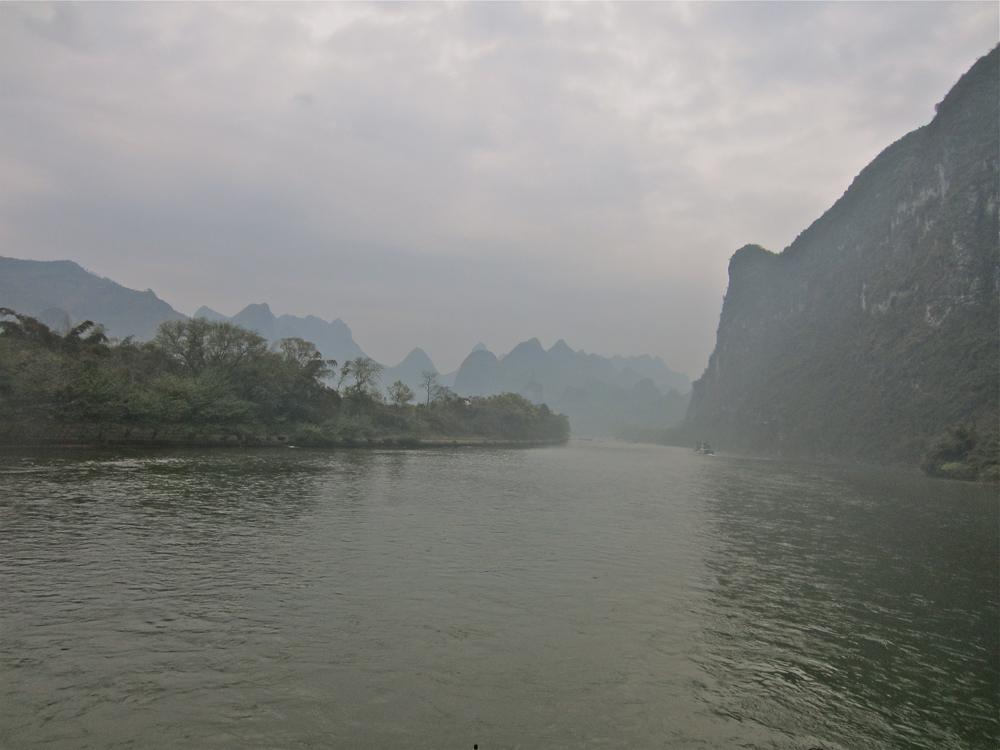
The surrounding hills of Guilin and the Li River are named with poetic beauty. There is the Five Tigers Catch a Goat Hill, the Bright Moon Peak and the Cloud-Catching Pavilion. The karsts hills and the Li River have created in southern China a wonderland that mankind continues to cherish and enjoy.
Magical Landscapes
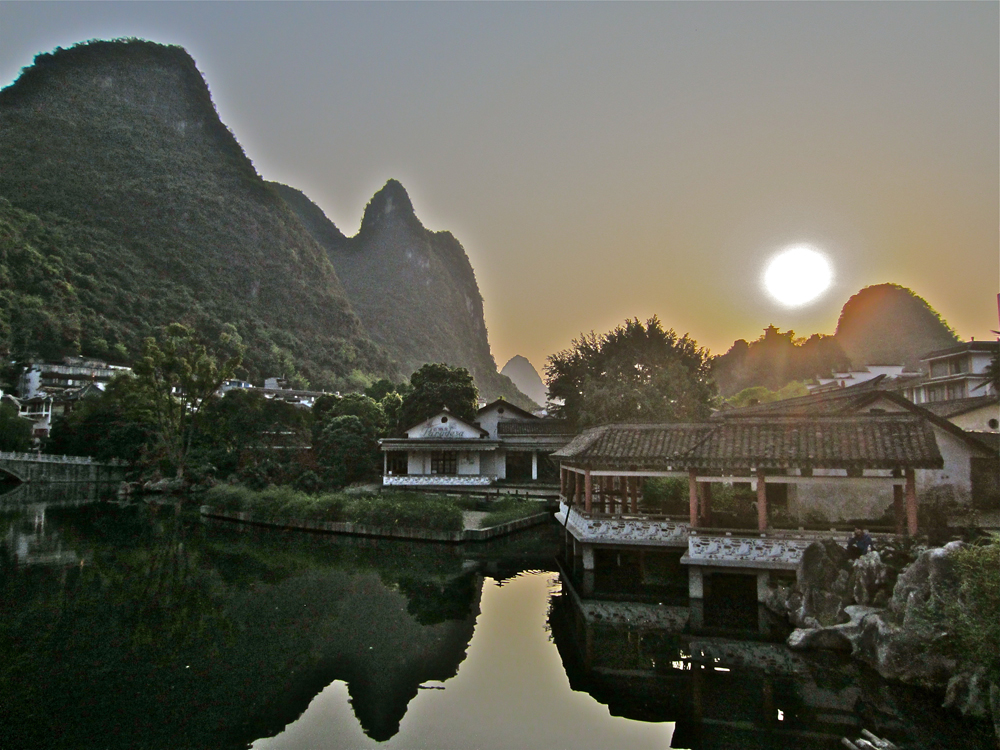
Karsts landscapes are found around the world, including in the United States at such places as Virginia's Shenandoah Valley and in Florida. But the elements of nature that create these magical landscapes seems to have come together best in the southern region of China, near a town called Guilin and along the Li River. It just might be Mother Nature's magical kingdom.


